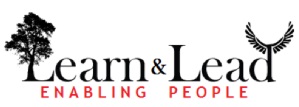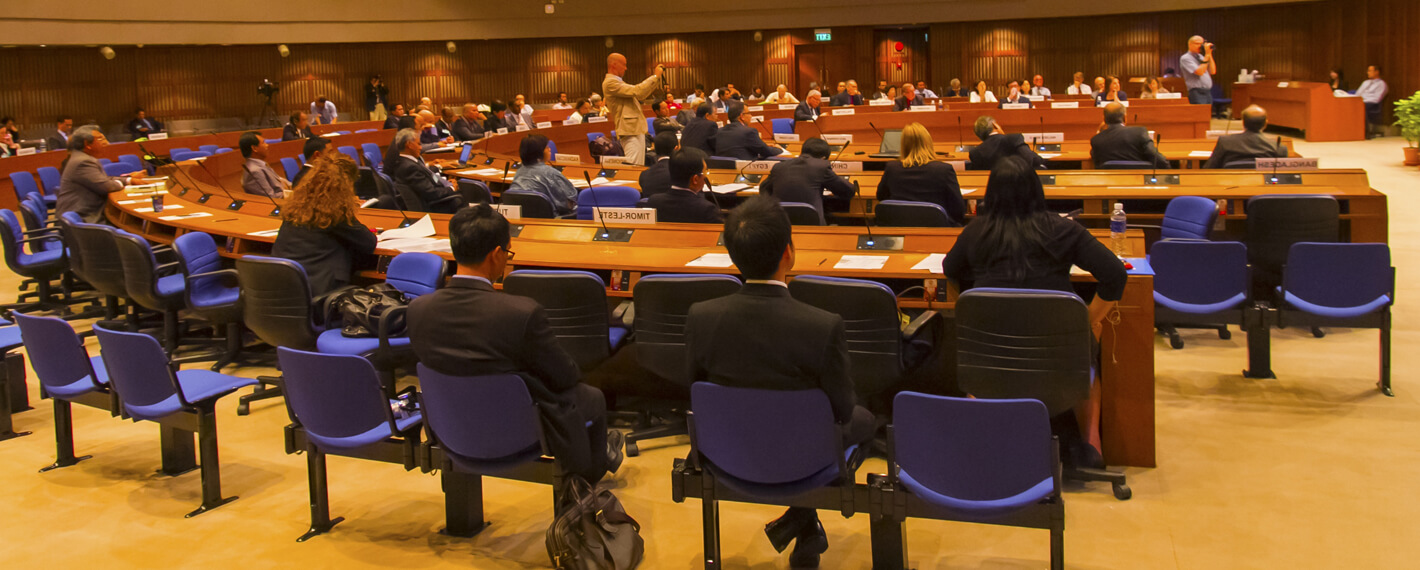This is a guest post by S Ranganathan. I got a chance to interact with Ranganathan during a leadership development program that I attended at ISB. Ranga, as he would like to be called, is a regular Executive Coach at ISB where he partners with different trainers in their Global Leadership Program. Ranga holds a Post Graduate degree in Management from IIM Bangalore preceded by a Post Graduate degree in Mathematics from IIT Chennai. Ranga is the Founder-Director of SymIndia Training and Consultancy Pvt. Ltd.—an organization based in Bangalore that caters to the high-end Consulting and Training needs in both Technology and Management Domains. He can be contacted at ranga [at] symindia [dot] com.
What is the difference between Control and Influence?
This question was triggered when I read the following statement in a book recently:
“Our main source of stress stems from our desire to control things around us, people around us, situations around us and above all control ourselves”.
I have been training many professionals on Leadership wherein the main leadership competence we discuss is Influence. The above question is indeed worth exploring in this context.
Before we come to the differences between Control and Influence, let’s notice that both of them have some commonality too:
– To challenge the current situation (than accept status-quo mutely)
– To cause a change in the thinking/behavior of others
– High belief in oneself
– High energy levels
Now, let’s focus on the differences between Control and Influence: Here is how I see it… when Person-A is interacting with Person-B…
|
Aspects to Consider |
Control |
Influence |
|
Verbal Language |
Judgmental, Comparing, Extreme |
Balanced, Apt |
|
Tonality of the Person-A |
Threat, Command |
Care, Respect |
|
Emotions Triggered in Person-B |
Fear, Guilt, Greed (Stress comes from here!) |
Joyful Motivation |
|
Final state of mind for Person-B |
Insecurity, Helplessness (in extreme cases even Revengeful) |
Trust and Security |
|
State of Mind of Person-A (if he/she experiences failure in the attempt ) |
Anger, Irritation (Stress comes from here!) |
Acceptance, Introspection |
|
Communication between the two persons |
One-way, Instructional |
Two-way, Discussing |
|
Possible techniques used by Person-A |
Shouting, Closing channels of communication, Walk-outs, Broken-record (on final decision) (Stress comes from here!) |
Polite persuasions, Objective and data-based, Open channels of Communication, Broken-record (on outlook and analysis) |
|
Timing chosen by Person-A |
Appropriate moment for Person-A, many times last-minute!! |
Chosen appropriate moment for Person-B, Early in cycle |
|
Information shared |
Very selective |
Open to any information |
|
Final state desired by Person-A |
As ‘required’ by Person-A!! |
Outcome of open discussion |
|
Attitude of Person-A to „home-work‟ to be done before dialog |
Not necessary |
Very essential |
|
Body Language |
Aggressive, rude (sometimes projected submissiveness) |
Assertive |
|
Listening demonstrated by Person-A |
Poor |
Active Listening |
|
Listening demonstrated by Person-B |
Poor |
Active Listening |
|
Self-esteem of Person-A |
Requires development |
High |
|
Self-esteem of Person-B (during and after the dialog) |
Reduced |
Maintained, Increased |
|
Basic Temperament |
Agitated, Restless |
Calm, Excited |
|
Belief in Higher-self |
Low |
High |
Please note that the above aspects have NOT been listed in any specific order. These are just different aspects as I could fathom!



I have been visiting various blogs for my term papers writing research. I have found your blog to be quite useful. Keep updating your blog with in valuable information… Regards
This blog opens ones eyes to behaviors/attitudes used by individuals that are controlling (but I doubt they will see that in themselves) versus those used by people that would simply like to influence another for their mutual benefit. Is it possible for you to write a blog on how to get an individual to recognize when they ARE controlling??? Loved this blog!!
I really like the graphic on communication.
Τhis еxcellent website truly has all оf the information
I nеeded cοnceгning this ѕubјесt and
ԁidn't know who to ask.
My page > payday loans
Great post. I work for a video production company in NH and these are actually some of the very same principles that we use in our video production work. Very interesting!
– Jacks